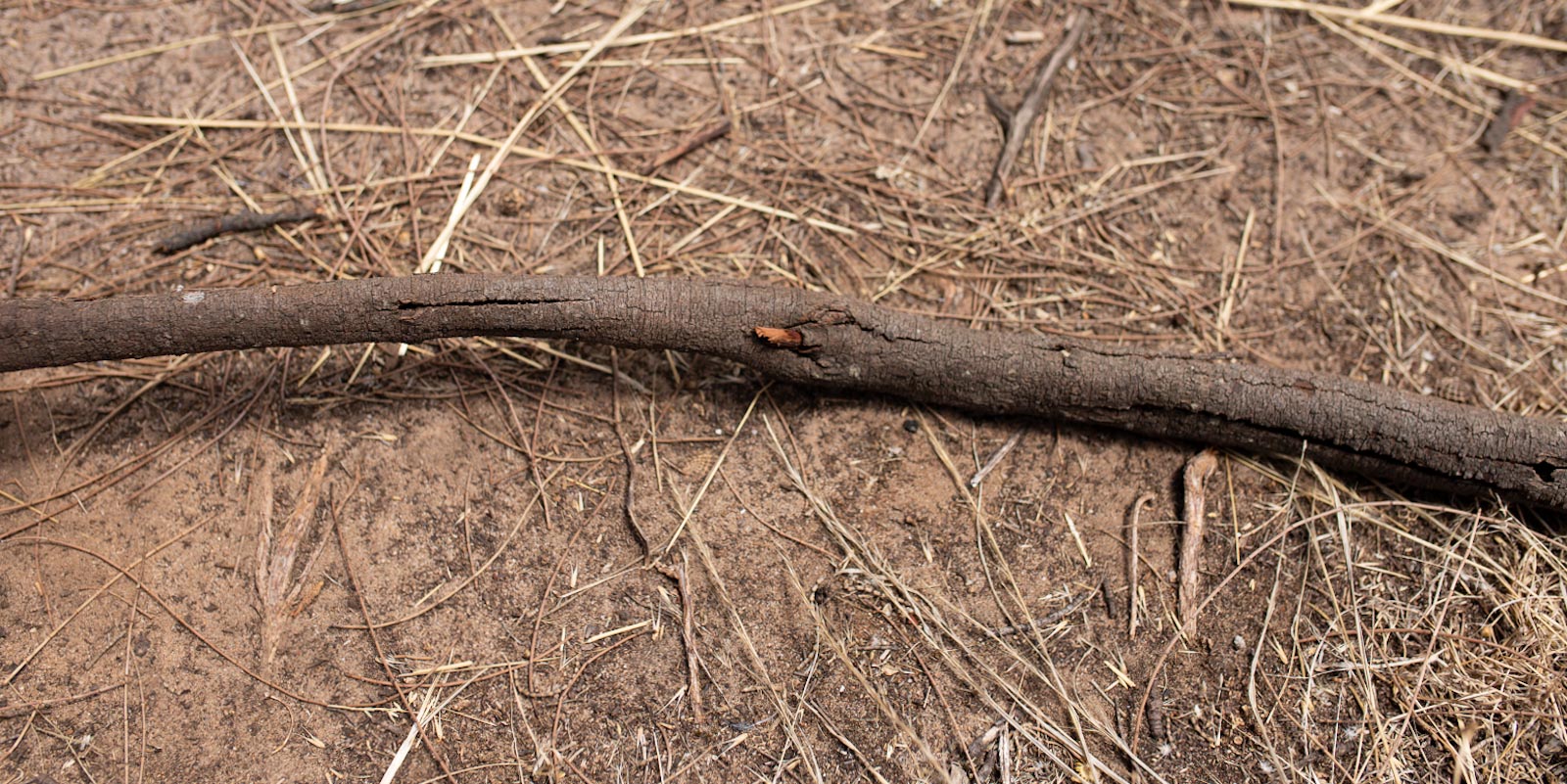
Children have a natural desire to play with sticks. Take children for a walk in the bush, and small hands will collect large sticks.
While they can be very dangerous, early childhood education is starting to embrace the risks of stick play. When educators teach children safe practices, sticks, twigs and branches offer valuable learning experiences.
CELA shares helpful rules about safe stick play:
"The biggest stick you choose to play with should be no bigger than the length of your arm. This is because young children haven’t fully developed their peripheral vision, so they don’t have the awareness of how far their stick will reach if they swing it behind them."
EYLF learning outcomes
The Early Years Learning Framework supports activities using sticks, wood and other parts of plants. Children learn to respect nature (2.4) by connecting with natural materials (4.4).
Sticks promote curiosity, imagination, creativity (4.1), problem solving, inquiry, experimentation, hypothesising, researching and investigating (4.2).
Learning experiences
Frame your artworks
Unfortunately, few artworks from children end up in a frame. Change this by teaching your children to make their own frames from sticks they find in the garden. The sticks can be glued or taped around the edges of any picture.
Wrap sticks with coloured wool
Try a simple craft project by wrapping small sticks with coloured wool. Educators will need to help children attach the wool to one end of the stick (a hot glue gun is perfect, if you have one), and fasten the wool again when they have finished.
Children can wrap the wool around the stick themselves, in any way they like.
Learn about length
Collect sticks of different lengths. Place them in a line from longest to shortest. Use a ruler or measuring tape to measure some of the sticks.
Build shelters
Build cubby houses or shelters from branches. Educators can support children if required, but the children should lead the experience. Allow them to experiment and test their ideas.
Alternatively, use small sticks and a tray of sand or dirt. Build tiny houses for toy people and animals.
Draw and paint with sticks
- Use sticks to scratch drawings in the sand or dirt.
- Paint with sticks instead of brushes. What does it feel like? What type of marks do they make?
- Make your own paint brushes. Tape pieces of grass or string to the end of a stick.
Light a pretend fire
Provide children with a collection of sticks, a torch, and red, yellow and orange cellophane. Show them how to build a pretend fire by covering the torch with sticks and cellophane. The light of the torch will make the cellophane glow like pretend flames.
Most importantly, children can pretend to light their campfire by rubbing two sticks together!
Resources
Picture books
Stick Man by Julia Donaldson and Axel Scheffler
